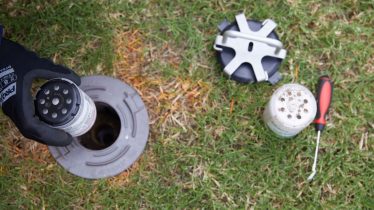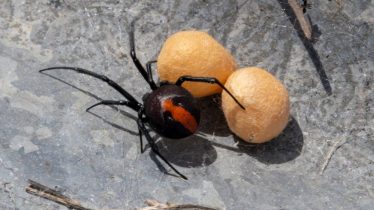Termites In Winter Months
Termites In Winter Months
Termites are active year-round, including during winter, although their activity may change based on the climate and their habitat. Here’s how termites behave in winter:
Behaviour of Termites in Winter – Subterranean Termites:
Temperature Sensitivity: These termites are sensitive to temperature changes. In colder regions, they tend to burrow deeper into the soil to stay warm, as the ground provides insulation against the cold.
Indoor Activity: If subterranean termites have already established themselves inside a home or building, they can remain active throughout the winter. Indoor heating keeps the environment warm enough for them to continue feeding on wood structures.
Behaviour of Termites in Winter – Drywood Termites:
Stable Environment: Drywood termites live inside the wood they consume, which provides a relatively stable environment. If they are in a heated structure, they can stay active during winter.
Increased Risk of Infestation: Because heating systems can keep buildings warm, drywood termites might be more noticeable or cause more damage during the winter months when the warmth attracts them to stay active.
Behaviour of Termites in Winter – Dampwood Termites:
Moisture Dependency: These termites prefer damp and decaying wood and are less common in human habitats. They also seek out moisture-rich environments, which might be less prevalent during winter, leading them to burrow deeper or become less active.
Preventing Termite Activity in Winter
- Reduce Moisture: Ensure there are no leaks or areas with excessive moisture in your home, as this can attract termites.
- Seal Entry Points: Inspect and seal cracks or gaps in your home’s foundation, walls, and roof to prevent termites from entering.
- Store Wood Properly: Keep firewood and lumber away from your home’s foundation and elevate it off the ground.
- Regular Inspections: Conduct regular termite inspections, especially in areas prone to infestations, to catch any early signs of termite activity.
Signs of Termite Activity (All-year Round)
- Mud Tubes: Subterranean termites build mud tubes to travel between their colony and food sources.
- Wood Damage: Hollow-sounding wood or wood that is easily damaged can indicate termite presence.
- Droppings: Drywood termites often leave behind small, pellet-like droppings near infested wood.
- Swarms: Winged termites, or swarmers, may be seen around windows or light sources, especially during warmer days.
- Tapping Sounds: Soldier termites, responsible for defending the colony, may bang their heads against the wood to signal danger when disturbed.

If you suspect termite activity in your home during winter, it’s advisable to contact a pest control professional to assess the situation and implement appropriate treatment measures.


